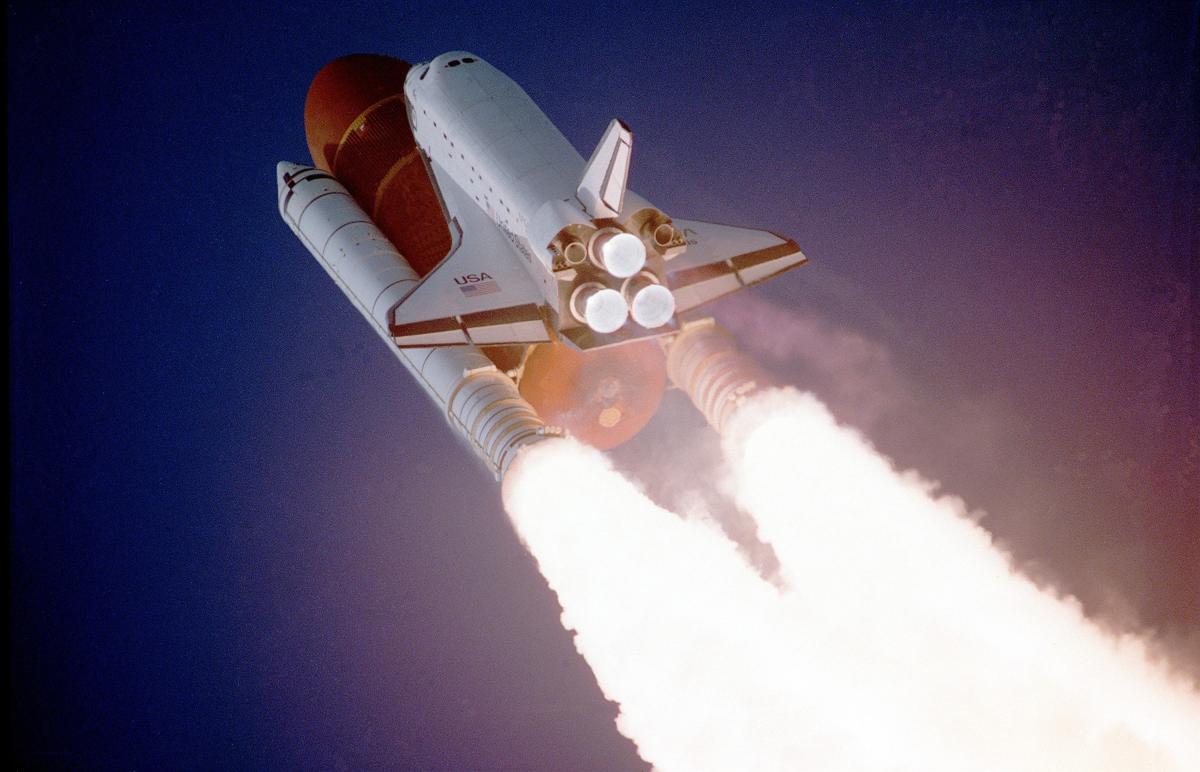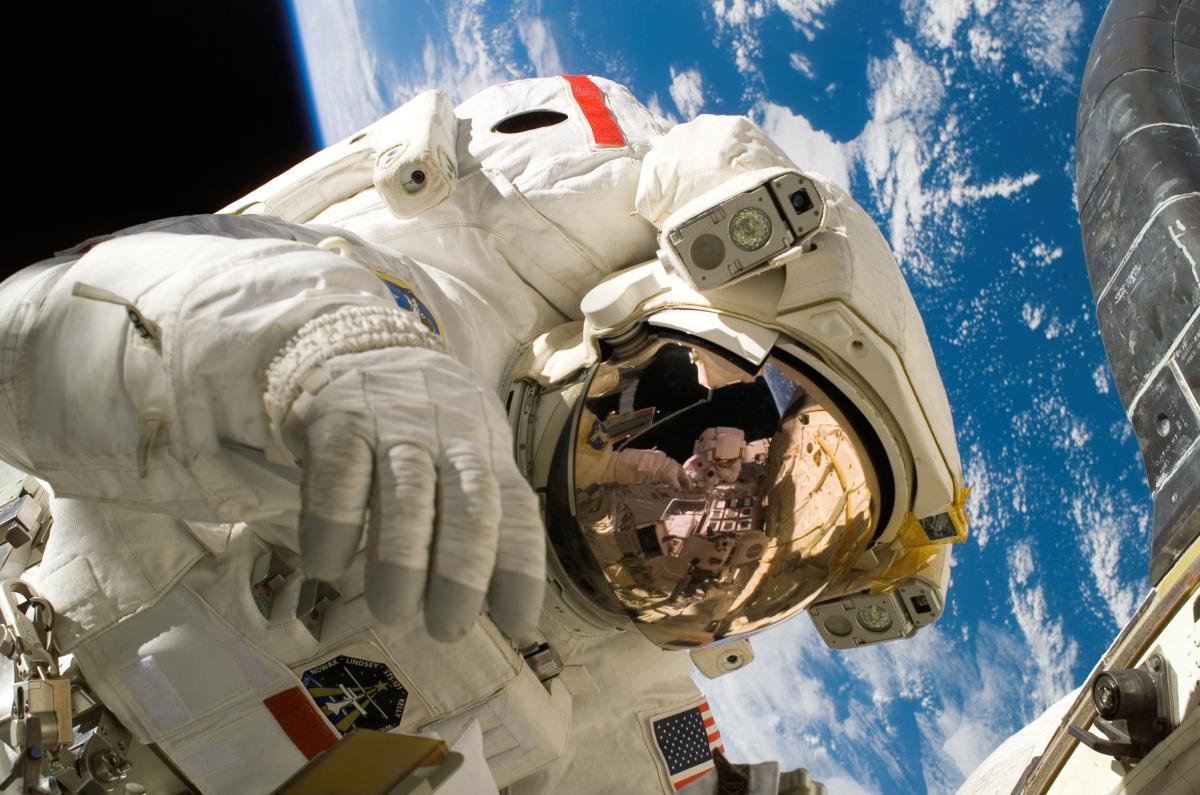
This 2-Day STEM lesson takes place in a science classroom after students have explored the sun and solar system (including our planet, the moon, and asteroids), and is intended to focus on

This 2-Day STEM lesson takes place in a science classroom after students have explored the sun and solar system (including our planet, the moon, and asteroids), and is intended to focus on

Students play a game to model and graph the effects an invasive species on a local ecosystem before analyzing a case study and completing a research project.

Lesson 2 of 4 Students will investigate and research key factors that impact urban heat islands. Equipped with evidence, students will draft a scaled drawing of a master-planned community applying

What are we learning? We are learning about the history of the Mars Rover program and how scientists had to work together to solve problems and make sure the rover landed safely on the Red Planet. We

This challenge focuses on teamwork and the engineering process. Students will work in groups of 3-4 to research, design, build, test, and reflect upon their cooling structure. Work will be completed

This lesson plan will help students gather and analyze data from a climate of a small-scale area such as the football field, parking lot and botanical garden.

This lesson is the final lesson after teaching all four of Earth's Spheres. The lesson is designed to show the interaction between the Earth's spheres. Students will be assigned two spheres and then

Students will build an ice snowman and a house for him to live in. They will collaborate to design a structure to keep him from melting. This project uses basic materials to study insulation and

In this five days lesson plan or a class project, I used a picture book, "Seeds of Change: Exploring Wangari Maathai's Tree-Planting Efforts". This lesson plan is great for 6th -8th-grade students. In